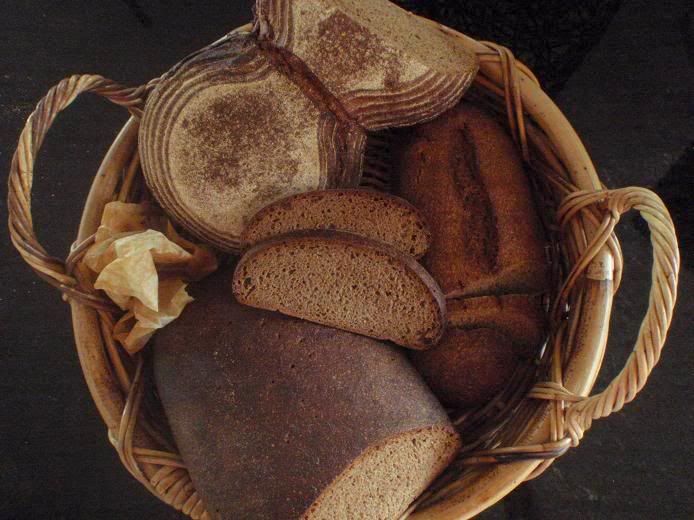Another day, another Bouabsa
Had another go at Bouabsa baguettes. I probably could have kept them in for another minute but I decided I would try a lighter crust today. These only had about a 12h bulk ferment.
Shape

Crumb

- Log in or register to post comments
- 6 comments
- View post
- jombay's Blog



